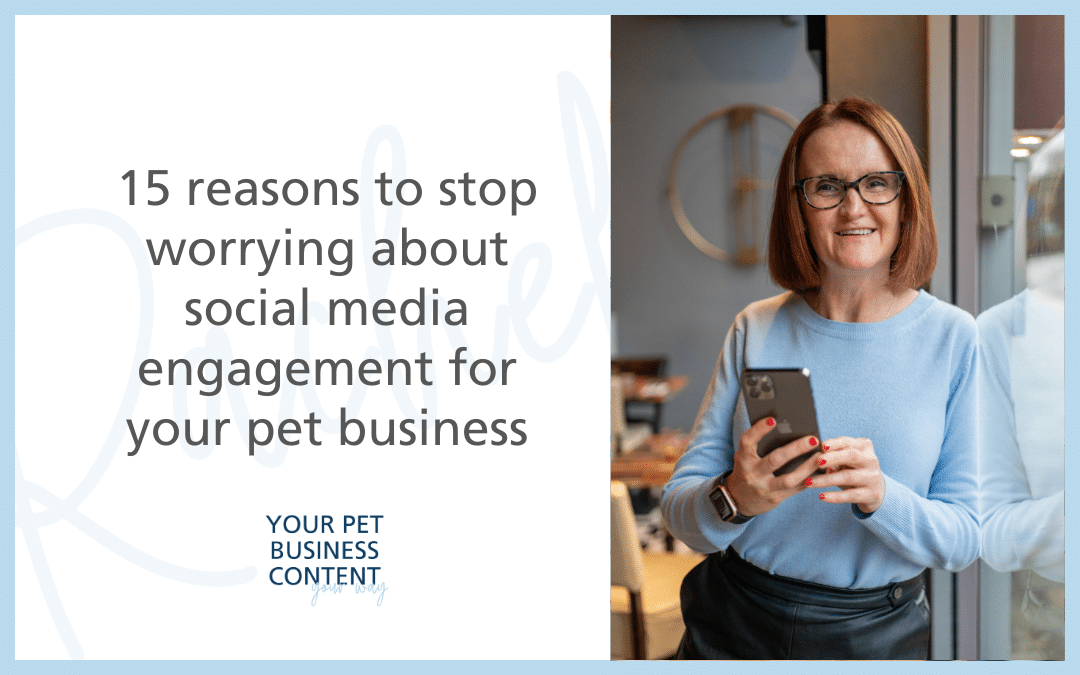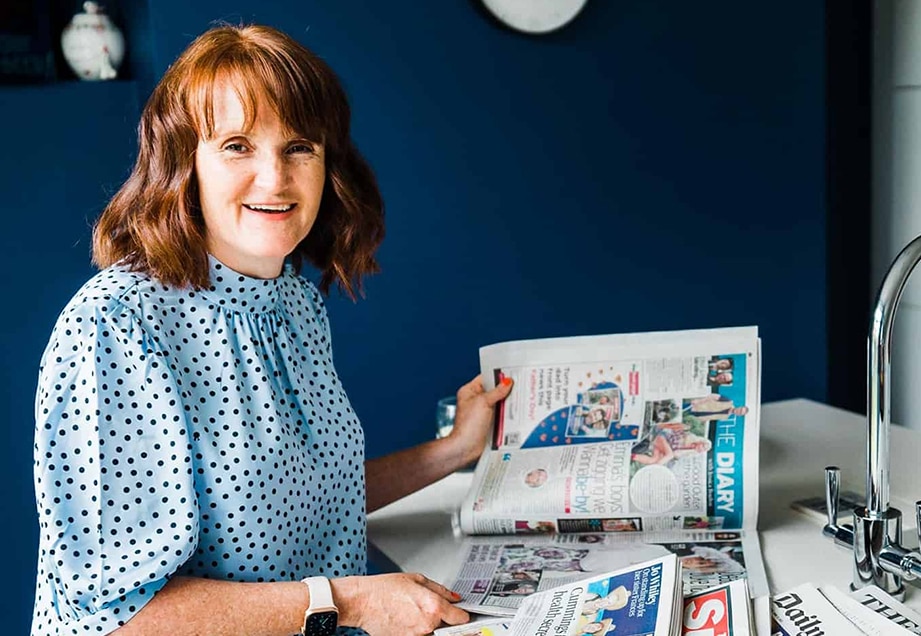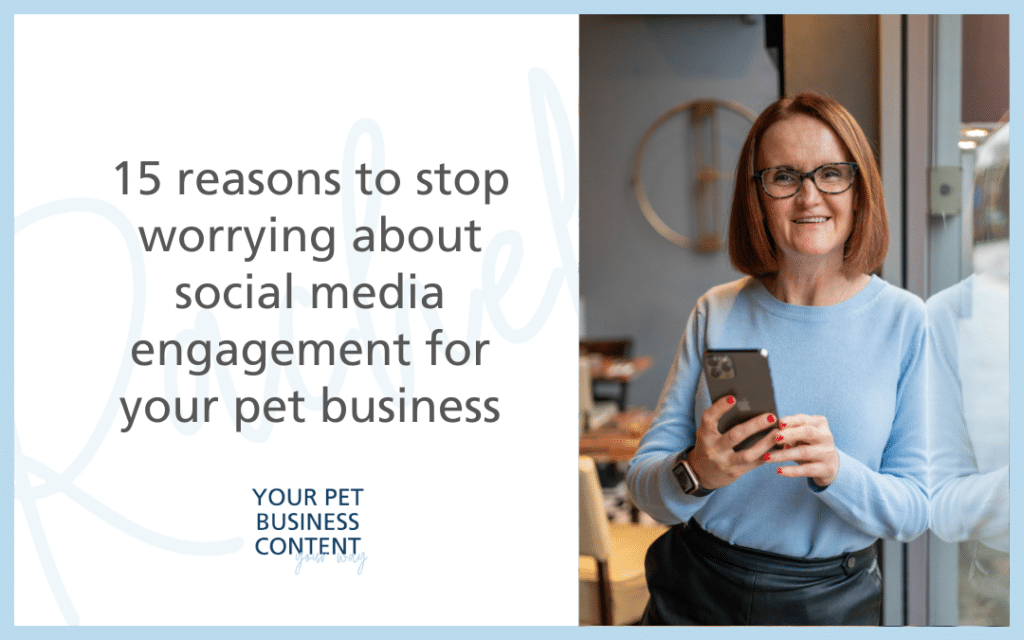Twitter is the social media platform to reach out to journalists if you’re looking for press coverage for your pet business.
But I’ve found pet businesses are somewhat divided when it comes to using Twitter.
Some absolutely love it and use it regularly, others struggle to get to grips with it.
Data from Statista showed there were 436 active users on Twitter in 2021, compared to 2.89 billion on Facebook, 1.39 billion on Instagram and 1 billion on TikTok.
While Twitter might not be the coolest, most popular platform, it is a breaking news platform and where the journalists hang out most.
So if you’re looking to get press coverage, Twitter is your friend.
In this episode you’ll learn how to use Twitter to connect with journalists, how to find story opportunities and requests, ways to make yourself irresistable to journalists and hear from petpreneurs who have landed amazing PR from Twitter.
You can listen in on the player link below or read the key points as a blog post.
Not another social media platform…
You might be rolling your eyes and thinking this.
But, 48 per cent of Twitter users say they are there to find out about what’s going on in the news.
In the UK there are 17.55 million active users.
And the average time spent on Twitter is 11 minutes per day.
If someone said you could get in top titles like the Times, The Telegraph, Daily Mail, Yahoo, BBC News, Forbes, for free, would you put aside ten minutes a day?
It’s where journalists are hanging out, looking for stories, case studies, experts and interesting people to interview.
And that could be you!
Why it’s NOT stalkerish to connect with journalists on Twitter
When reporters are on Facebook and Instagram, it’s usually to keep in touch with friends and family.
But with Twitter and moreso LinkedIn, they are there for work.
They’re sharing what they’ve written, talking about articles they’re working on, and appealing for people to come forward to help.
So it’s ok to follow them, respond to their posts and build a relationship with them.
Rather than pitch, you’re helping them
Pitching can be scary. It’s why people pay PRs to do it for them.
But on Twitter you don’t need to pitch, you can respond to what the journalist is asking for.
It takes the pain out of pitching, so no need for nerves or spending hours crafting an idea. You simply pop up and say, ‘I can help with that.’
Build relationships on Twitter with your dream outlets and writers
Think of the places you’d like to feature and spend some time researching.
If it’s traditional media, you might find one reporter on the newspaper or magazine writes regularly about animals, so they would be the person to follow.
If it’s a blogger or influencer you would like to connect with then find them on Twitter and take a look at the kind of things that interest them.
Case study: Dog photographer Kerry Jordan from Fur and Fables wanted some high profile coverage, so she nurtured a relationship with a writer from the Times and landed a feature about how to make your dog a social media star. Read the story here: Train your dog for social media stardom.
The #journorequest hashtag
One really easy way to get media coverage is through #journorequest and if you’re in America try #haro which is ‘help a reporter out.’
I have #journorequest and dogs and #journorequest and pets as my saved searches because my focus is pet stories.
Twitter curation services
There are organisations that keep a track of journorequests and topics and send out a curated list of requests each day.
Check out Editorielle, Journolink and Media Matchmaker.
Twitter success stories
If you’re on the fence about Twitter, these examples of pet businesses who have had fabulous coverage from the platform may help.
Karen Rhodes from Luxury Dog Hampers has featured in The Times, Dogs Monthly and Metro.
Kim O’Donnell from Leo, Charley and Me pet accessories has secured coverage in Boots magazine and Good Housekeeping.
Michelle Burgess from Scruffy Little Terrier has trended on Twitter for her National Terrier Day awareness day and had features in the Mail On Sunday, Business Insider and Woman magazine.
Jo Milnes from Distinctive Pets trended on Twitter for her Muddy Dog Day and won Theo Paphitis’ SBS, a Twitter award which led to lots of coverage.
Ali Smith from Rebarkable used Twitter and was featured in Unilad, Eating Well and Spruce Pets.
Louise Humphrey, a pilates and canicross instructor at Studio44 Pilates and Paws4Running says she built her community on there and found her podcast co-host on Twitter.
And she landed a piece about being a lockdown hero from there too in the Telegraph.
Think of Twitter as being like a party where you can hang out with journalists
People often think it’s difficult to approach journalists or to get into conversations with them.
That’s why Twitter is so brilliant. They are there, talking about what interests them and asking people to help them with their articles.
You can jump in and engage at any point you like. You don’t need a PR person to introduce you, you can do it yourself.
Become the helpful and friendly person whose name they remember.
Then when you make an approach or pitch via e mail you’ll already have done the groundwork.
Remember none of this is stalkerish
Whenever I talk about using Twitter to track down journalists people ask if it’s stalkerish, and please be assured it’s not.
It’s the platform where journalists hang out doing their research and looking for help.
So it’s absolutely fine to pop and help them. That’s what they want you to do!
Conclusion
I hope I’ve explained just how much there is to be gained by spending time on Twitter.
It’s a free and easy way to get press coverage.
The key thing is to give value. Treat Twitter as you would a networking meeting.
You wouldn’t barge up to someone and say ‘buy my stuff,’ so treat journalists in the same way.
Don’t rock up and say, ‘You need to write about me.’ Give value and you will get it back in droves!
I have seen hundreds of pieces of press coverage as a result of Twitter from my clients and the people who take part in the free Get Your Pet Business in the Press challenge.
So please give it a try!
If you follow these tips let me know how you get on. I’m @rachelspenceruk on all social media platforms.
And if you’d like to chat about working together one to on getting your pet business noticed, you can book a call here.
Or if you know you want to get this stuff done, book in for a 90 minute or half day one to one on my work with me page.
If you found this post hlepful, you might like to read How to use Facebook groups to get press coverage with Jill Foster or Using a PR company versus learning how to do your own publicity.









